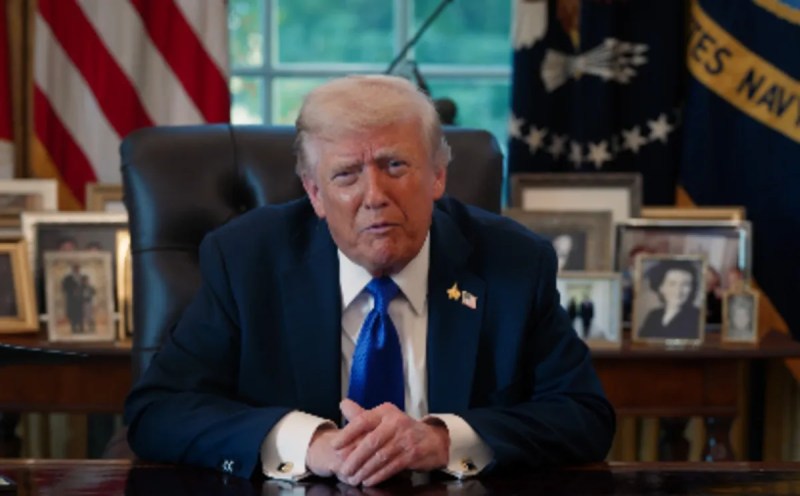
US President Donald Trump (Photo - Video screenshot)
Every year in October, the world's attention turns to the Nobel Prize announcements. Do you know how confidential and complex the selection process for these awards is? Who decides the names of the Nobel laureates and how does this process work? Find out.
Nobel Week begins every year on the first Monday of October. The Nobel Prize in Physiology or Medicine is announced first. This is followed by the prizes in Physics, Chemistry, Literature, Peace, and Economics, respectively. Only select individuals are permitted to make nominations – such as university professors, government members, former Nobel laureates, or directors of peace institutions. Self-nomination is strictly prohibited.
The identities of nominees and those who propose names are kept secret for 50 years. This policy maintains the impartiality of the selection. For each category, expert committees review candidates to ensure they meet the principle in Alfred Nobel's will, which states that the honour should only be bestowed upon those who have contributed to human welfare.
The five-member Norwegian Nobel Committee is responsible for the Peace Prize, appointed by the Norwegian Parliament. The committee discusses nominations and expert opinions throughout the year, reaching a final decision by majority vote in August or September. For other categories such as Literature and Science, the Swedish Academy is responsible, selecting laureates through secret ballot.
Thousands of names are proposed each year, and this list is sealed in a security vault for 50 years. This year, 338 individuals have been nominated, including the International Criminal Court, NATO, Hong Kong activist Chow Hang-tung, and Canadian human rights lawyer Irwin Cotler. Some leaders, such as Donald Trump, were also reported to be nominated, but their proposals arrived after the deadline (January 31) and were therefore invalid. It is known that US Congresswoman Jody Carter, Cambodian Prime Minister Hun Manet, and Pakistani Foreign Minister Ishaq Dar had nominated Trump for the Nobel Peace Prize.
Mahatma Gandhi became the most powerful symbol of non-violence in the 20th century. Gandhi was nominated in 1937, 1938, 1939, 1947, and finally in January 1948, a few days before his assassination. Later members of the Nobel Committee publicly expressed regret for this oversight. In 1989, when the Dalai Lama was awarded the Peace Prize, the committee chairman stated that it was "to some extent a tribute to the memory of Mahatma Gandhi."
Poet Rabindranath Tagore was honoured with the Nobel Prize in Literature in 1913. The great scientist C. V. Raman was awarded the prize in Physics in 1930, and Mother Teresa received the honour for Peace in 1979. In addition, Subrahmanyan Chandrasekhar (Physics, 1983), Har Gobind Khorana (Medicine, 1968), Amartya Sen (Economics, 1998), Venkatraman Ramakrishnan (Chemistry, 2009), Kailash Satyarthi (Peace, 2014), and Indian-American Abhijit Banerjee (Economics, 2019) are included.
Published on:
06 Oct 2025 11:33 am
Big News
View AllWorld
Trending

